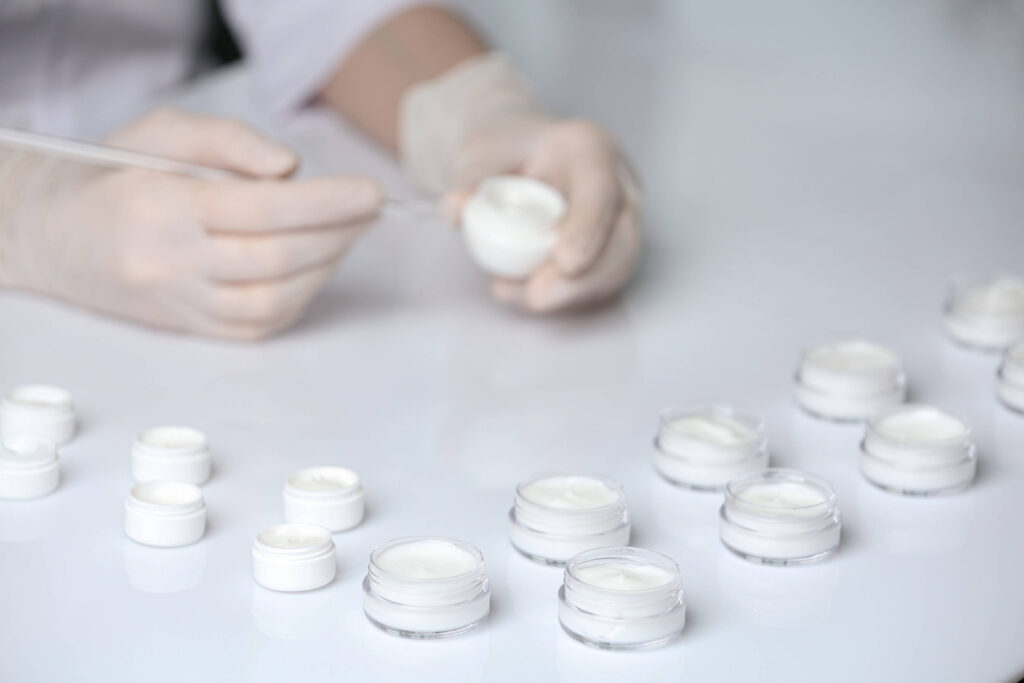Send us your feedback
Here you can send us feedback on the Maxess-website. Please describe the problem or what’s missing in a clear way, and on what page you found the issue. Thank you so much for your help!
Stable emulsions under X-rays
Speximo AB and MAX IV Laboratory used the unique properties of synchrotron light combined with SAXS and WAXS techniques to obtain new information on the quinoa starches they use in Pickering emulsions. The findings are beneficial for Speximo’s future product development.
Mixing oil and water
Speximo AB is a Swedish company founded and run by experts in starch Pickering emulsions. The company develops oil-in-water emulsions using the specific properties of quinoa starch granules to create a barrier between oil-water phases. These starches are used to encapsulate active ingredients and have many applications in cosmetics, food technology, and pharmaceutical formulation. In-depth knowledge of physical and chemical properties of Pickering emulsions, such as structural changes occurring during treatments, is instrumental for the company’s future product development.
More data, faster
Using synchrotron light, Speximo’s researchers in collaboration with experts from MAX IV shed light on the structural properties of different forms of quinoa starches. The experiments helped Speximo gather more knowledge about how their emulsions encapsulate ingredients and understand the effect of heat treatment on the encapsulation barrier. The uniqueness of synchrotron X-rays lies in the type of experiments they enable. X-rays allowed the scientists to acquire a reliable volume of high-resolution structural data in a span of just a few hours, and observe changes in molecular structures through fast in situ experiments.

A sound beginning
At the SOLEIL synchrotron in Paris, scientists from Speximo performed Small-Angle X-ray Scattering (SAXS) and Wide-Angle X-ray Scattering (WAXS) experiments. With the high photon flux of synchrotron light, researchers performed in situ observations of structural changes in the quinoa starches during treatment and modification and collected quantitative information not possible to obtain with other methods. The experiments were also an occasion for Speximo’s scientist to increase their competence in X-ray scattering techniques, which further encourage the company to take advantage of large-scale synchrotron infrastructures in the future.
“The X-ray scattering methods shed new light on the properties of Speximo encapsulations”
Nina Filenko, Project Manager at Speximo
With the CoSAXS beamline at MAX IV accepting general users since Autumn 2020, SAXS and WAXS experiments are now available also at the Swedish synchrotron. The collaboration between Speximo and MAX IV experts, in particular with Tomás Plivelic, beamline manager at CoSAXS, set a solid basis for future collaborations. The authors are now looking forward to performing further and more ambitious experiments at MAX IV.
Contact Partners
Case Details
Speximo AB
CoSAXS



